Greetings, how are you steemit friends? May be healthy always and keep the spirit. In the previous discussion I discussed "You Like Spicy Food?" But on this occasion I will discuss about pepper plants.
This is the development of pepper cultivated in Gunci Village, Sawang, North Aceh. This plant will be harvested to produce black and white pepper. Photo taken by @azirgraff

Pepper (Piper nigrum L.) and chilli (Capsicum annum L) is the usual ingredient in our kitchen for seasoning, which aims to increase the spicy taste in cooking. Both types of plants are not much different because both are spicy. However, the difference is the aroma and great benefits to health.
Pepper (Piper nigrum L.) is a type of spice that is rich in chemical content such as pepper oil, fatty oil. Pepper is a spice plant that has long been planted in Indonesia, even the most important among other spices (king of spices), both in terms of its role in terms of utility is very distinctive and can not be replaced with other herbs.
Classification of Pepper Crop
Pepper plant have long been planted in Aceh particular and Indonesia on general. The area that are widely developed varieties of pepper are Jambi, Lampung, Bulok Belantung, Muntok or Bangka and Aceh. In general, the minimum requirement of pepper plant grows : Elevation (elevation) ranges from 10-500 m asl, Rainfall above 2000 mm/year, Temperature range between 25º-26,5º C and ground water level is relatively deep (groundwater 0, 5 M underground) wherea for peat soil is not tolerated by pepper plants.
Economically, pepper crop is one of the world's trade commodity and more than 80% of Indonesian pepper products exported abroad. Indonesia was once the second largest producer of pepper in the world and in fulfilling the needs of pepper in the international market. In 2013 Indonesia's pepper production reaches 88.7 thousand tons or has purchasing power of 18.8 percent in the world market.
Head of Trade Research and Development Agency of the Ministry Trade Tjahja Widayanti, Sunday, 13 November 2016. "The largest pepper area in Indonesia is 178 thousand hectares. The problem is, pepper productivity in Indonesia is only 0.5 ton per hectare. "The productivity is low because Indonesia has the largest pepper field in the world," said Head of Trade Research and Development Agency of the Ministry Trade Tjahja Widayanti, Sunday, November 13, 2016. source.
In addition to Indonesia, the world's largest producer of pepper which has a high level of land productivity, including Vietnam 3.2 tons per hectare, Rwanda 3.9 tons per hectare., Thailand 3.4 tons per hectare, Malaysia 2.5 tons per hectare , and Brazil 2.3 tons per hectare.
According to the International Pepper Community (IPC), this year's pepper production is expected to decrease by 1.75 percent from last year's realization to 403,213 tons, and about 87.22 percent of which or 351,710 tons came from IPC member countries. In 2017, production is projected to improve to reach 425,100 tons. source.
Looking at historical developments. Pepper including one type of plant that has long been cultivated even the results have also long traded in Europe. Finally, pepper trade in Indonesia is well known throughout the world. The pepper marketed to Europe was brought by traders through the trade of Persia and Arabia, Middle East and Egypt. It can be proven that since 372 BC, the Greeks had known two types of pepper, black pepper and long pepper or chilli. In the year 1290 there was also a pepper trade relation between Aceh and China.
In the Middle Ages, pepper (spices) was a very important and valuable trading king back then. The even for kingdom of Genua and Venice, pepper became a source of wealth such as oil wealth in Indonesia. Even in Germany pepper is used as an exchange rate.
The pepper trade rate of Indonesia is even more rapid, after Colombus in 1492 could find West India, in the Eastern Islands with its many spices. Dana was followed by Vasco da Gama who found a new road, through the tip of Africa in 1498 (Anonymous, 1980). source
Characteristic of Pepper Plant

A. Stem of Pepper
The stem of pepper plant is also called stolon stem is stem with upright growth of the stem and the stem on this plant also branched and crawling. The pepper shaped rod is soft and segmented, the length of the raw segment ranges from 4-7 cm, this depend on level of fertility the plant. Stem of pepper plants grow propagate on a pole, the length of stem can reach 15 meters. But in pepper cultivation usually stem cut.
B. Roots of pepper
The root of pepper plant are divided into two ie roots located on the ground and roots contained in the soil
- Roots contained above ground is the root attached or root climb so that plants can be attached and can grow upward. These sticky root only grow on orthotropic trunk books, whereas in the branches berries will not grow root attached.
- The root contained in the soil is the main root. This root in addition to growing in his book also grows on stem pieces. The root grows at the base of stem, so that in a stem there may be 10-20 main roots. At the root will grow root side with a lot of roots hair. Root feathers can grow on the soil surface and are useful for sucking required food. If soil conditions allow, then roots will be able to penetrate the soil as deep as 12 m. While the length of roots can reach 2-4 m. But in general root system of pepper is quite shallow, only reaching depth between 30-60 cm only.
C. Branch of Pepper
This plant has two kinds of branches, namely branches orthotrop branch that grows from the axillary of the leave on the book stem either located on surface or in the ground and branches of pang plagiatrop is a branch that grows from the book limb.
The orthotrophic branches are rounded, the buds far apart and the growth is climbing upward. This branchs is the same as the primary stem. Because they are also deeply rooted, climbed and segmented. In each book there is a leaf facing the plagiotrop branch and a lump of attached root that binds the plant to its tajar.
Plagiotrop (twig) branches are numerous and short, rather small and not attached to the 'tajar' because each one the book is not rooted in it. Each book grows a leaf face to face, and this is where the flower grow.
D. Leaves of Pepper
The pepper plant is single-leaved but unpaired, the situation is chewy, and stemmed. The shape is ovate, but the tips a bud. The leaves of the upper hemisphere are dark green, shiny, while the lower hemisphere is pale green and not shiny. Stalk length 2-4 cm, leaf length 12- 18 cm, and 5-10 cm wide and sajiansedap.grid.id5 -9-grained leaves. The leaves on the top stem are different from leaves on the bottom, the top is longer, the lower part is more rounded. buds Leaf pepper wrapped by petals. When the leaf will expand, then fall petals or scale.
E. Pepper seeds
The fruit of pepper plant is round, hard seed and soft fruit. The young fruit skin is green, while the old is yellow and when the fruit is ripe red, slimy and a sweet taste. After dry the pepper is black. Large skin and seed 4-6 mm, while large seeds 3-4 mm.
Types of Pepper Plant
Pepper (Piper nigrum L.) or commonly known as marica has an outer skin that serves to maintain the freshness of taste and aroma. In everyday life there are two types of pepper that are an important ingredient for the needs of a famous kitchen, ie namely white pepper and black pepper. all types of this pepper come from the same tree (Piper Nigrum). Only, the type of pepper is very varied because picked at different times. The types of pepper are as follows :
- White Pepper
White pepper is a kind of mature pepper and the outer skin is gone peeled. How to remove the outer skin by soaking it with water for a few days, then rubbing the outer skin until it is completely peeled off. The smell of white pepper is very simple and the spicy taste is not sharp. Generally this type of pepper is used to make sauces, soups, potatoes, and drinks. The most popular white pepper in Northern Europe.
- Black Pepper
The most famous black pepper and widely used in the United States even this type of pepper is generally in use in Indonesia. Black pepper is made from ripe pepper but not too ripe, ie green pepper which has begun to turn yellow. The process of black pepper, after picking the fruit boiled briefly, then fermented and dried naturally in the sun (or by warming with hot air) until the wrinkles and blackened. Black pepper has a hot, spicy, and aromatic taste. In Egypt, this pepper is commonly used to help the mummy preservation process.
- Red Pepper or Rose
This pepper is not really pepper, but a raw berries coming from a pepper tree in Brazil. This pepper tree is found in California, Arizona, Florida and Texas. In trade, this pepper can be referred to as red pepper. Pepper pepper is commonly used in Nouveau dishes or as a mixture with other herbs. It tastes the same as black pepper, but it's softer and more sour, with a little sweetness.
- Green Pepper
Pepper is a pepper that is picked long before the pepper is ripe, so it has a green outer skin tone. The flavor is fresh and very aromatic, but not spicy. Green pepper is usually used for French food, Creole and some Thai dishes. Because the process of preserving this pepper is longer and the amount is less and pepper is expensive.
- Szechuan Pepper
Actually this is not really pepper, but berries from Prickly Ash trees in China. This pepper is grown and consumed in Asia, and is an important component in Chinese and Japanese cuisine. This pepper is very aromatic, and our lips will be a bit numb if we taste it directly. Szechuan pepper is often baked before it is crushed. It fits perfectly with fish, chicken and duck, or hot spicy dishes.
Benefits of Pepper
pepper (Piper nigrum L.) in addition to need for cooking spices, pepper also has a natural content that is very beneficial for health. You can use this pepper or pepper to help smooth your weight loss process. In addition, on the world of health, this pepper is widely used for medicine and other needs. In general the authors will introduce the benefits of pepper for health as follows:
- Helps lose weight,
- Arthritis, Cancer,
- Headache,
- Nasal congestion,
- Stomach ache,
- High blood pressure,
- Heart,
- Anti oxidants,
- Headache,
- Treating cough,
- tooth ache,
- Prevents flatulence and etc.
Conclusion
Pepper (Piper nigrum L.) is a type of spice that is rich in chemical content such as pepper oil, fatty oil. Pepper is a spice plant that has long been planted in Indonesia, even the most important among other spices, both in terms of its role in terms of utility is very distinctive and can not be replaced with other herbs.
Pepper is one type of spice that has many health benefits for the body. Even from the past to the present, pepper is still the concern of the international medical world for its health benefits. Luckily for Indonesia which has become the largest white pepper production area.
This is all I can discuss today and thank you to all friends who have visited my blog, if there are any shortcoming and different view I apologize. Hopefully this discussion will be useful for all of us.
Farmer Life !!!
Source
id.wikipedia.org
repository.usu.ac.id
id.wikipedia.org
matematikacerdas.wordpress.com
rumahmesin.com
sajiansedap.grid.id
manfaatcantiksehat.com

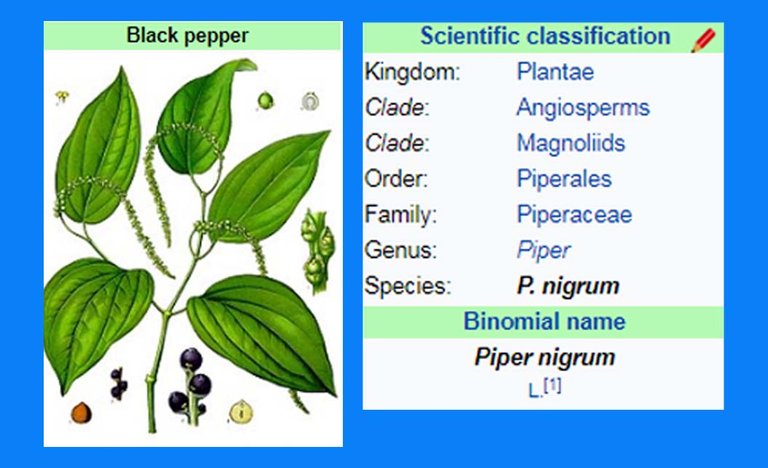
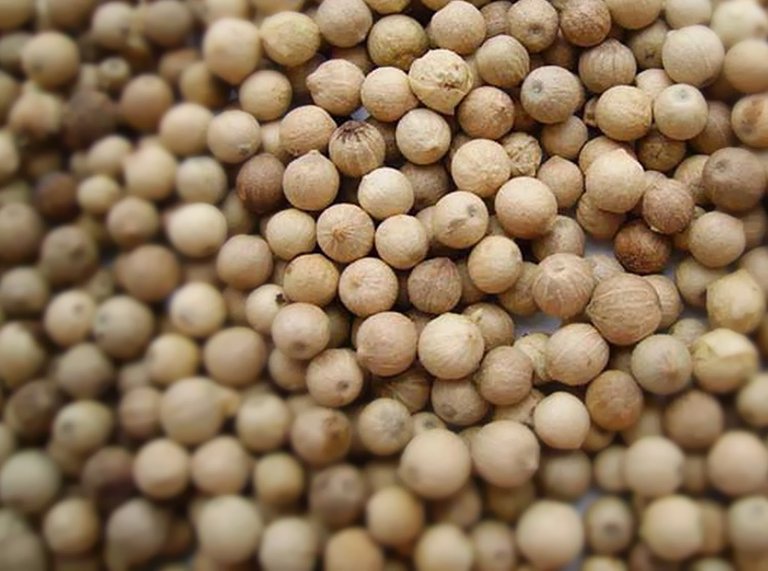
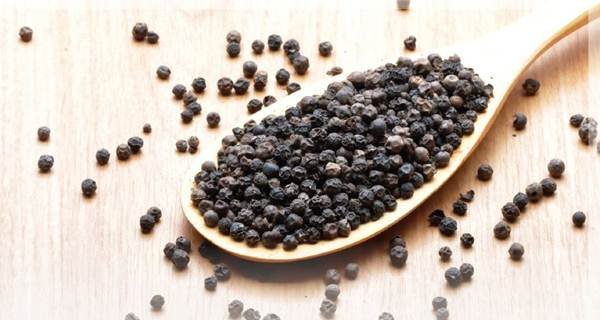
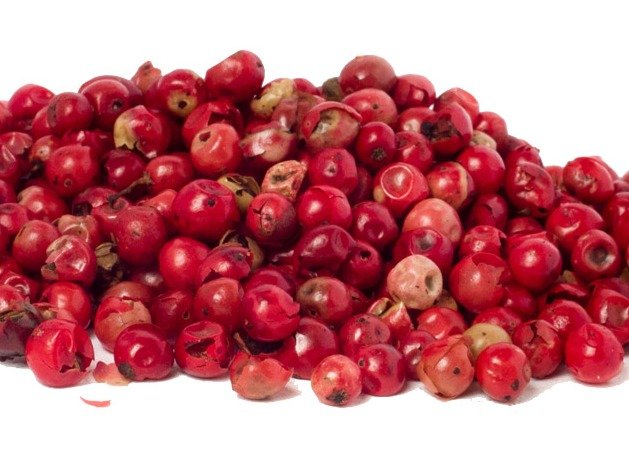
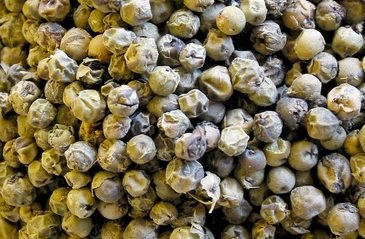

Hi bro...this is your fellow photographer frm malaysia. I think some of your friends are wondering why we tag #aceh. We wish to engage your community because we know that this ecosystem needs each other's support. I see many talents from your community and if we can be strong as a team both parties will benefit.
Hai @zhusatriani, We always give support to our malaysian friends, thanks for visiting.
Thank you saudara. Mekaseh.
you always make a very amazing post. really very easy to understand. you are a reliable writer.
Thank @boyasyie, I will do my best
Thanks @azirgraff, you share about the pepper plant, I remember my grandfather's story about the kingdom of Aceh. that pepper plants greatly developed at that time and the economy was also very good.
That's a good story @mmcsteem, after you listen to your grandma's story, it's great that you study it further.
I like your post....pepper is a very famous plant worldwide, so this plant have a title, the king of spice ,, I plan to plant this plant in the future ... thanks @azirgraff ,,.
That's a great idea @albuluhi, I really support your work
Cool post, giving many new lessons for the lovers and cultivators of pepper in Bumou Atjeh hopefully by reading this article will motivate us to return to the glory of Aceh Past, through "Pepper" and other spices of course
Aceh is very famous for its glory. A lot of history about pepper, the expansion of country also because of pepper. Let's raise the farmers to love tamana pepper.
Hopefully aceh back victorious again.aminthe writing is very remarkablethank you @azirgraff.
Thank @isbrai, Winning in agriculture, if it wants to do it would be very good.
Ilike your post @azirgraff
Thanks @rizkigold, But what do you like in my post.
becuase, I like that
becuase, I like that @azirgraff
I like it... saluem aneuk nanggroe
Very Great post.. @azirgraff
Thanks @mawardi
Thanks @mawardi
Yupss..👍👍
Thanks @mawardi
You're welcome my friend.. How are you @azirgraff
Congratulations @azirgraff! You have completed some achievement on Steemit and have been rewarded with new badge(s) :
Click on any badge to view your own Board of Honor on SteemitBoard.
For more information about SteemitBoard, click here
If you no longer want to receive notifications, reply to this comment with the word
STOPKeren..
mohon pencerahan gure